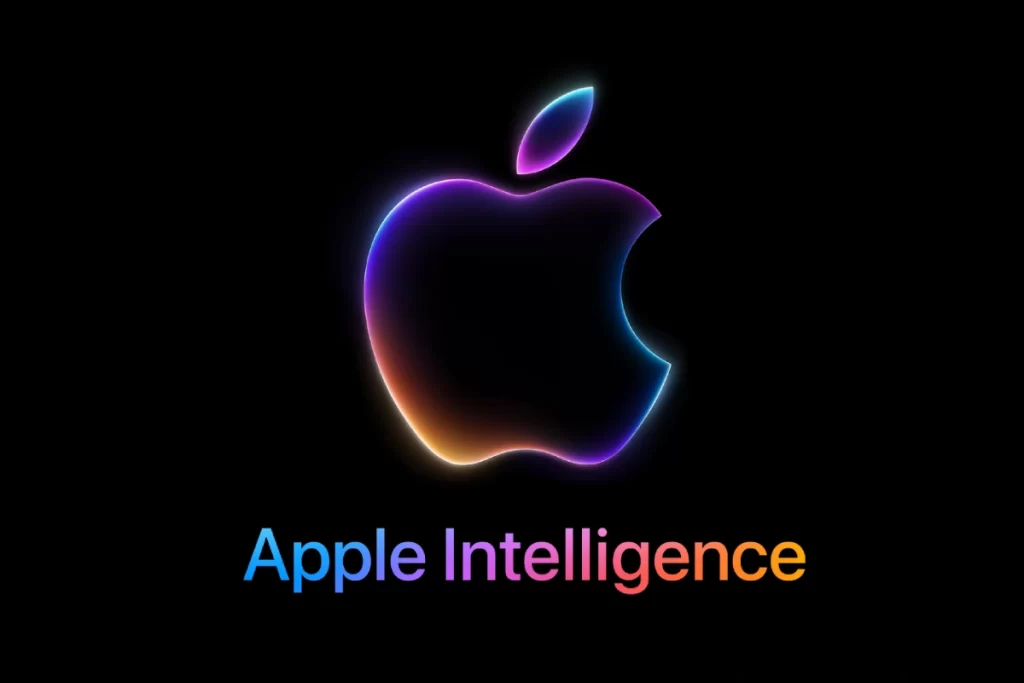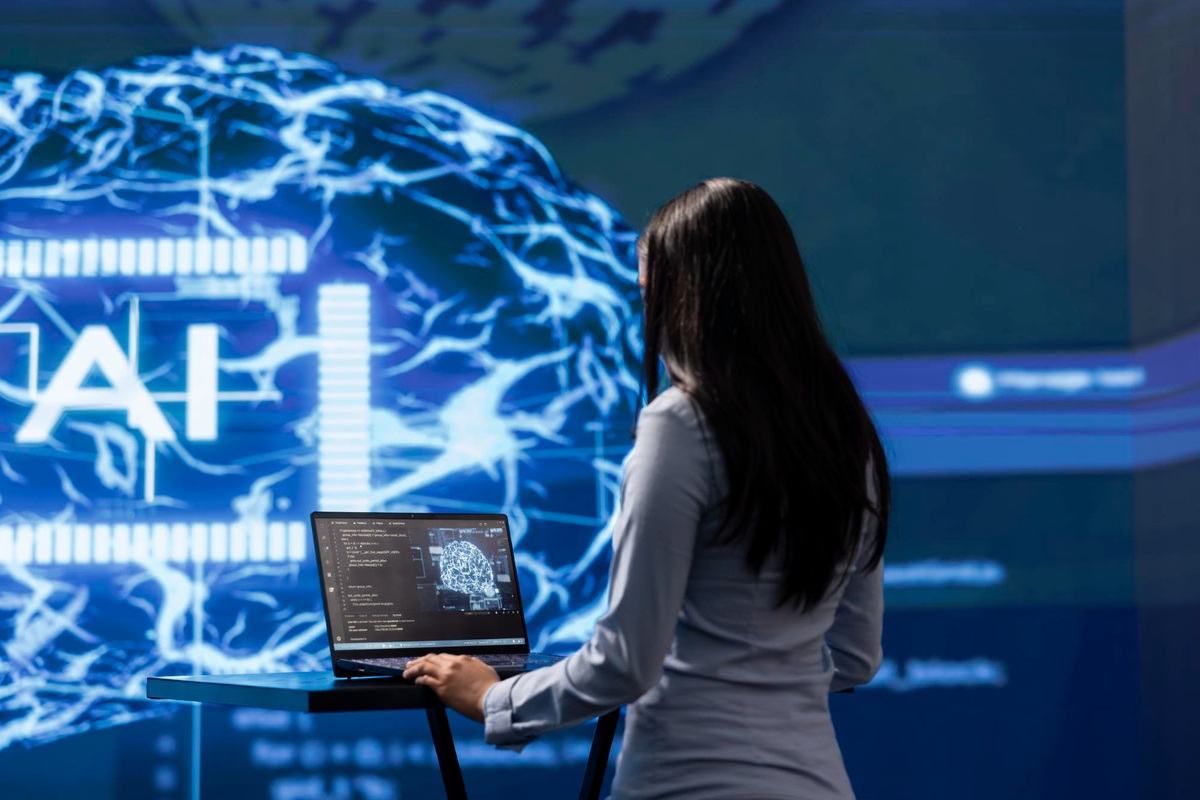Apple AI: Pioneering a New Era of Privacy with Game-Changing On-Device Intelligence

Introduction
Apple has always been a company that puts users first. Whether it’s their attention to sleek hardware design or a commitment to protecting user privacy, Apple’s user-first philosophy has defined the company. When it comes to Artificial Intelligence (AI), Apple takes a similar approach—AI that works for you, not on you.
In this post, we’ll explore how Apple’s approach to AI is revolutionizing the tech landscape. We’ll dive into Apple’s unique AI philosophy, discuss its commitment to user privacy, and highlight how on-device AI is transforming everyday experiences on iPhones, iPads, Macs, and more.
Apple’s Unique AI Philosophy: Privacy-First Intelligence
When we think of AI, most of us imagine cloud-based processing—large servers crunching numbers and analyzing data from millions of devices. However, Apple has taken a different approach with AI. Instead of relying on the cloud, Apple has prioritized on-device intelligence, where the AI processes data directly on your device—whether it’s an iPhone, iPad, or Mac.
Why does this matter?
Apple’s on-device AI isn’t just about performance—it’s also about protecting your privacy. Unlike other companies, Apple doesn’t rely on cloud-based AI that collects your data. By keeping AI processing local, Apple ensures that your personal data stays on your device, making it less vulnerable to breaches or misuse.
In fact, Apple’s commitment to privacy-first AI is so strong that it is built into the core of the company’s AI strategy. This means that even when Apple’s AI features—like Siri, Face ID, or Live Text—process your data, it does so securely and privately, without sending that data to a server. Your privacy is their top priority.
On-Device AI: The Power of Apple’s Neural Engine
At the heart of Apple’s AI ecosystem is the Neural Engine, a powerful chip embedded in Apple devices. With each new iteration of the Apple Silicon chips (starting with the A11 Bionic and continuing with the M1 and M2 chips), the Neural Engine becomes more powerful, enabling faster, more efficient AI computations directly on your device.
What is the Neural Engine?
The Neural Engine is a special chip designed to handle machine learning and AI tasks faster and more efficiently than a regular processor. This allows your device to run complex AI models with low power consumption and in a fraction of the time it would take a traditional CPU or GPU.
Examples of AI tasks the Neural Engine handles:
- Face ID: AI-powered facial recognition technology that learns and adapts to changes in your appearance.
- Siri: Apple’s voice assistant, which uses AI to understand context, follow commands, and get smarter over time.
- Live Text: A feature that lets you interact with text in photos—whether it’s copying, pasting, or translating.
The key takeaway here is that Apple’s Neural Engine brings AI to your fingertips in a way that’s private, fast, and energy-efficient.
How On-Device AI Enhances Everyday Experiences
Apple’s commitment to AI and on-device processing makes a noticeable difference in daily life. Here are a few examples of how Apple is integrating AI seamlessly across its ecosystem:
1. Siri – Smarter, Faster, and More Personal
Siri has evolved into much more than just a voice assistant. With the power of on-device AI, Siri is now able to process requests more quickly and provide responses with greater context. Whether it’s setting reminders, controlling smart home devices, or answering your questions, Siri is becoming more intuitive every day.
Unlike other voice assistants that send audio recordings to the cloud for processing, Siri works efficiently on-device, ensuring that your conversations remain private.
2. Face ID – Seamless and Secure Authentication
Apple’s Face ID isn’t just about unlocking your phone. It’s powered by machine learning that learns your face over time. The more you use it, the better Face ID gets at recognizing you, even in different lighting conditions or when your appearance changes.
Since Face ID works on-device, no facial data is stored remotely, making it one of the most secure biometric systems available.
3. Live Text – AI Meets Photos for Better Productivity
With Live Text, Apple has turned photos into interactive documents. Whether it’s a phone number in a photo or an address from a screenshot, Apple’s AI allows users to interact with text in images. This feature is entirely processed on-device, ensuring that no personal or sensitive data is sent to the cloud for analysis.
4. Visual Look Up – AI-Powered Object Recognition
Another great example of Apple’s AI capabilities is Visual Look Up. This feature uses machine learning to recognize objects, landmarks, and even breeds of dogs in photos. The AI processing happens right on your device, so your private images stay private.
Apple’s AI in the Apple Ecosystem: Integration Across Devices
One of Apple’s greatest strengths is its ecosystem—how all its devices work together seamlessly. AI plays a big role in connecting these devices in ways that feel intuitive.
- iPhone, iPad, and Mac: Apple’s AI tools are seamlessly integrated into these devices, offering features like on-device processing, Face ID, and Siri that work smoothly across all platforms.
- Apple Watch: The Apple Watch uses AI-driven health tracking, including fall detection and heart rate monitoring, powered by on-device machine learning for accurate and fast results.
- HomePod: With AI integration, the HomePod learns your preferences and adapts to your routines—adjusting music, lighting, and other smart home features to fit your needs.
The synergy between devices means that AI works seamlessly, regardless of which Apple product you’re using.







